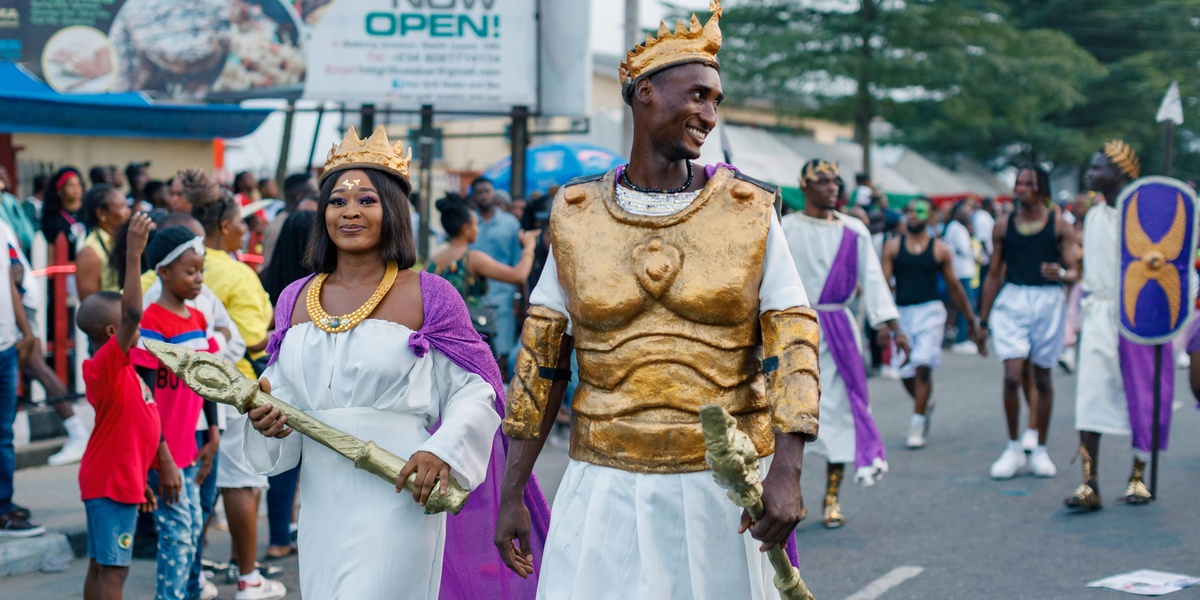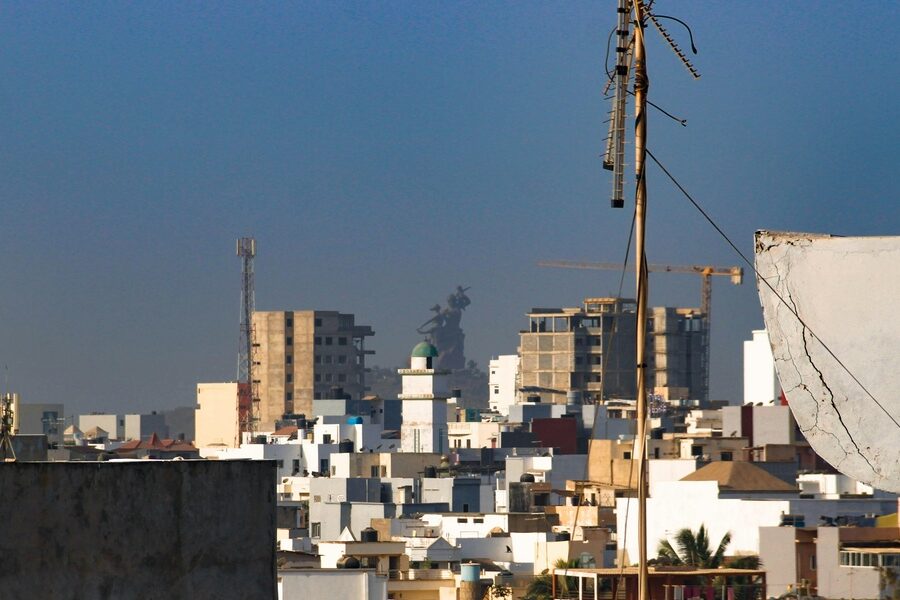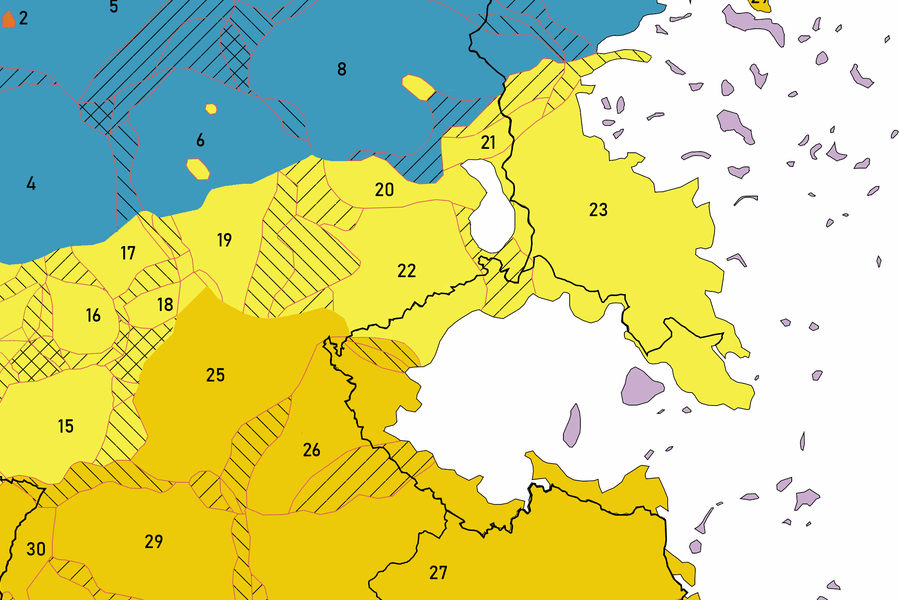On October 12, 1968, Equatorial Guinea gained independence from Spain. That public date is still marked with official parades and speeches in Malabo and Bata, but the country’s cultural rhythms stretch much farther back — into island life on Bioko and Annobón and the rainforest communities of the mainland. The three major ethnic groups — the Fang, Bubi, and Ndowe — continue practices that knit families and villages together, teach young people practical and moral knowledge, and keep histories alive through story, music, and ceremony. With a national population of roughly 1.4 million, these local customs in Equatorial Guinea play out at weddings, funerals, harvests, and saint’s feasts, offering visitors a chance to see how pre-colonial systems and Catholic rituals coexist. This article presents 10 important traditions in Equatorial Guinea — practices that shape community life, identity, and cultural continuity — and explains what they mean today.
Cultural & Ceremonial Traditions
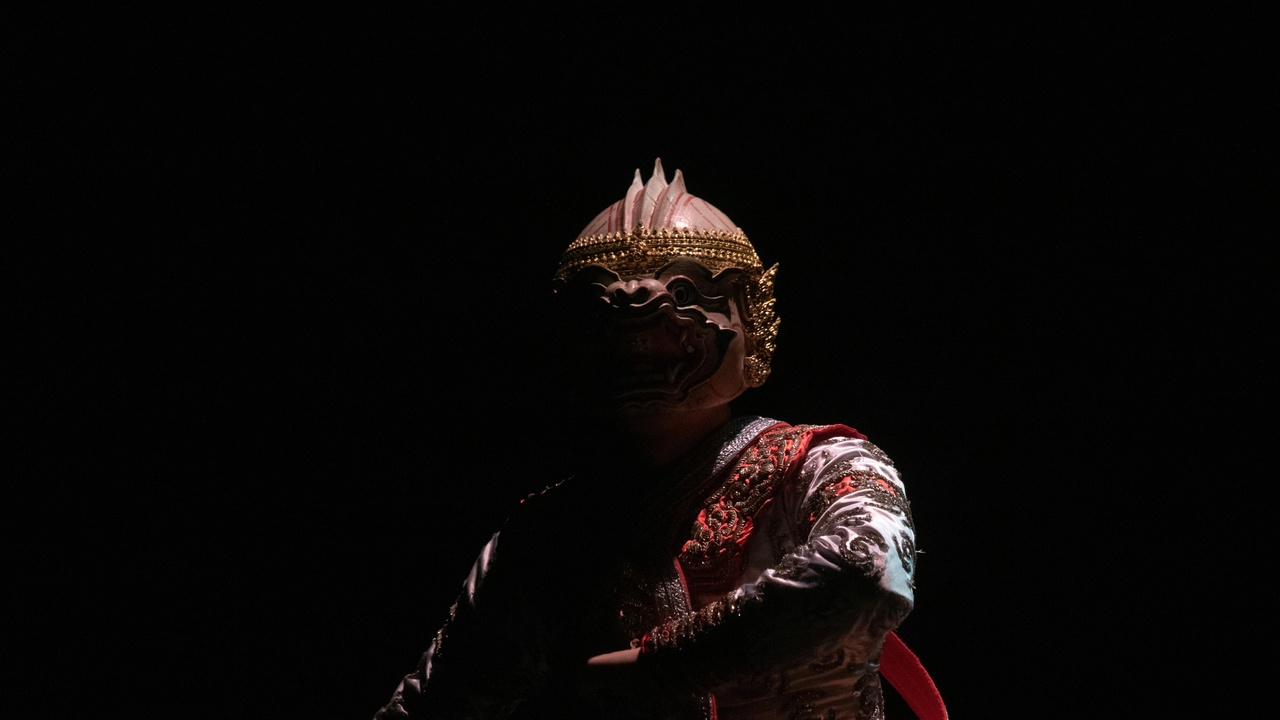
Many of Equatorial Guinea’s most visible customs are ceremonial: rites of passage, seasonal festivals, and ongoing ancestor veneration. The Fang dominate much of the mainland politically and demographically, while the Bubi remain the long-term residents of Bioko and the Ndowe hold coastal traditions along the continental shore. Across these groups, rituals mark life stages and community membership, blend indigenous beliefs with Catholic practices introduced during colonial times, and use masks and dance both as spiritual tools and as public theater.
These ceremonies operate on multiple levels: they transmit oral histories, regulate land and lineage claims, and reaffirm social obligations. Elders and ritual specialists lead instruction and performance, so that the same event that honors an ancestor also trains a new generation in duties, storytelling, and craft skills.
1. Fang initiation rites and coming-of-age ceremonies
Among Fang communities on the mainland, traditional initiation systems mark the transition from youth to recognized adult. These rites serve a social function: they teach responsibilities tied to lineage, land access, and participation in village governance, and they transmit oral history and customary law from elders to initiates.
Typical elements include periods of seclusion for instruction (often a matter of weeks), communal teaching sessions where elders recite genealogies and customary rules, and symbolic objects that signal new roles. Elders and lineage heads manage the process, deciding when a young person is ready to assume family labor, settle disputes, or inherit responsibilities.
In practical terms, initiation helps integrate young adults into communal labor systems — from clearing fields to participating in decision-making — and reduces social friction by publicizing who holds which duties. While urbanization and formal schooling have shortened some ceremonies, many rural villages continue multi-week programs that combine practical training with ritual instruction.
2. Bubi mask dances and performance traditions on Bioko
The Bubi people of Bioko have long used mask dances as central elements of funerary rites, seasonal festivals, and community storytelling. Masks carved from local woods and painted with distinctive motifs represent ancestors, spirits, and mythic figures; dance, song, and costume bring those presences into a shared public space.
Ethnographers and museum collections preserve many examples of Bubi masks, showing regional styles and the skilled carving traditions behind them. Performances often occur at harvest times or during ceremonies that honor the dead, when masked dancers both entertain and perform spiritual work for the community.
Beyond ceremonial meaning, these performances sustain local artisans and their families, who sell masks and related crafts in markets on Bioko and to visiting collectors. Seasonal festivals that feature mask dances also draw domestic visitors and help maintain a living economy for makers and performers.
3. Annobón island festivals and syncretic Catholic practices
Annobón’s culture reflects a Creole Portuguese heritage and a maritime way of life distinct from the mainland. On the island, Catholic feast days have long mixed with local music, dance, and seafaring rituals to create events that are both religious and intensely communal.
Saints’ days often become focal points for processions, drumming, and boat-based ceremonies: fishermen will bless nets and vessels, the community may stage seaside dances, and shared meals follow liturgical observances. These blends of liturgy and local practice show how faith and island identity reinforce one another.
Modern relevance is clear: feast days strengthen island identity, invite visitors from other parts of the country, and offer occasions for younger people to learn seafaring songs and dance forms. Where possible, researchers and cultural organizations document festival names and dates to support continuity.
4. Ancestor veneration and ritual societies
Ancestor veneration ties ceremonies, governance, and moral order together across many communities. Rituals for ancestors commonly include offerings, storytelling, and the mediation of ritual specialists or elders who act as intermediaries between the living and the dead.
Offerings often take simple forms — food, libations, or symbolic objects — and gatherings include recitation of genealogies that keep memory active. These practices mirror broader West-Central African patterns but have local inflections among the Fang, Bubi, and coastal groups.
On a daily level, ancestor veneration supports kin networks and influences dispute resolution, since appeals to lineage elders and ancestral precedents still carry weight in village adjudication and land claims.
Social & Community Traditions
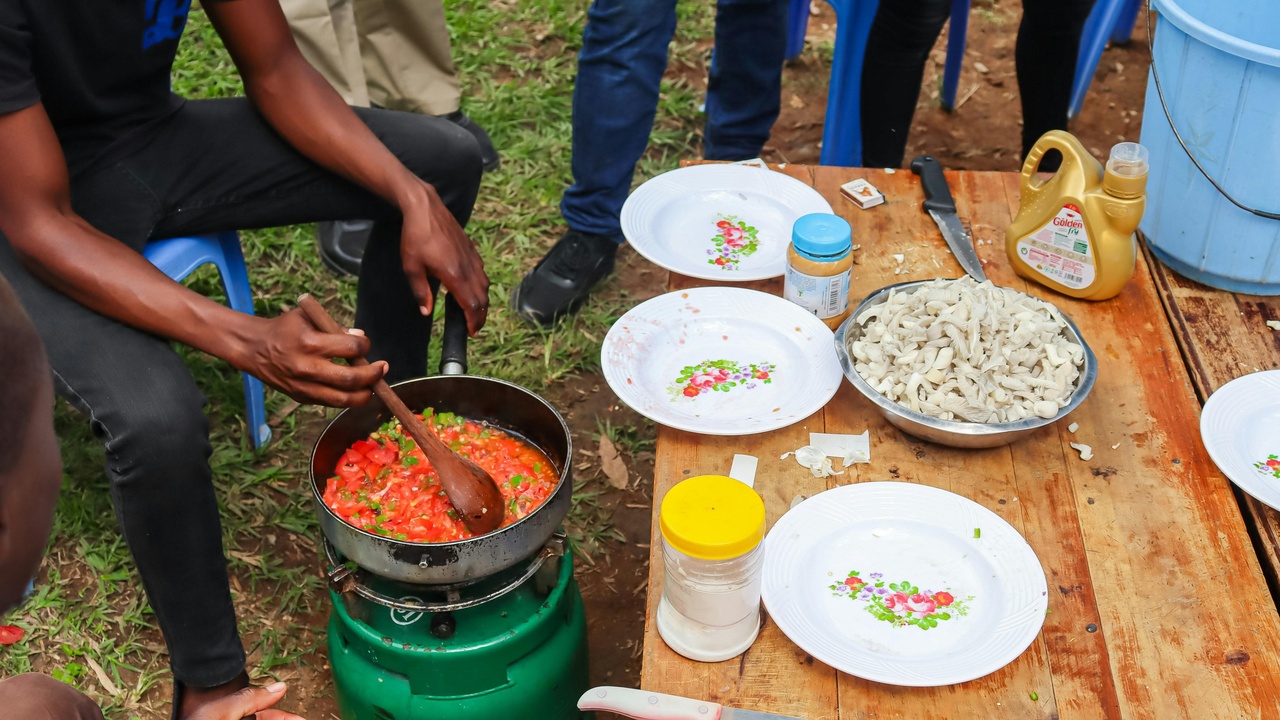
Daily life in Equatorial Guinea is organized around family networks, maritime cycles, and shared foodways. Extended kin groups remain primary sources of social security, organizing labor, hospitality, and mutual aid. Traditional rules around marriage, fishing seasons, and communal meals continue to shape how communities allocate resources and resolve disputes.
5. Traditional marriage customs and family networks
Marriage is often a family affair that strengthens alliances through negotiated exchanges such as bridewealth, public ceremonies, and the participation of extended kin. These practices link households, shape inheritance, and govern land access in rural areas.
A generalized ceremony typically follows phases: negotiation between families, exchange or symbolic payment, and a community feast where obligations are announced publicly. Extended family members handle hospitality and hospitality work, so celebrations also redistribute labor and resources across kin networks.
Urban couples frequently adapt or abbreviate these phases to fit city life, but even shortened rites maintain social recognition and the economic ties that marriage creates in smaller communities.
6. Fishing rites and coastal ceremonies among Ndowe communities
Coastal groups such as the Ndowe maintain rituals tied to the sea that bless boats, honor marine spirits, and mark fishing seasons. These ceremonies aim to ensure safety, regulate harvests, and bind cooperative labor networks that small-boat fisheries rely upon.
Common elements include shoreline offerings, boat-processions, and community feasts after a successful season or major catch. Rituals may set informal rules about who can fish certain grounds and when, helping to manage resources without formal regulation.
Practically, these practices preserve maritime knowledge and strengthen cooperation: crews that participate in shared rites are more likely to maintain joint responsibility for gear, safety, and distribution of catch.
7. Communal foodways and culinary gatherings
Staples like cassava, plantain, yams, and seafood shape daily meals across the islands and the mainland, while Spanish influence appears in urban dishes and culinary terms. Food plays a central social role at weddings, funerals, and festivals where communal stews and shared plates are the norm.
Communal meals reduce individual cost through shared labor and create opportunities for storytelling and obligation-keeping. At ceremonies, food also functions as an offering to ancestors or saints, linking nutrition to spiritual and social life.
Economically, the group preparation of dishes spreads labor across households and provides a visible form of mutual support; culturally, recipes and cooking techniques become a medium for passing practical knowledge between generations.
Arts, Music & National Identity
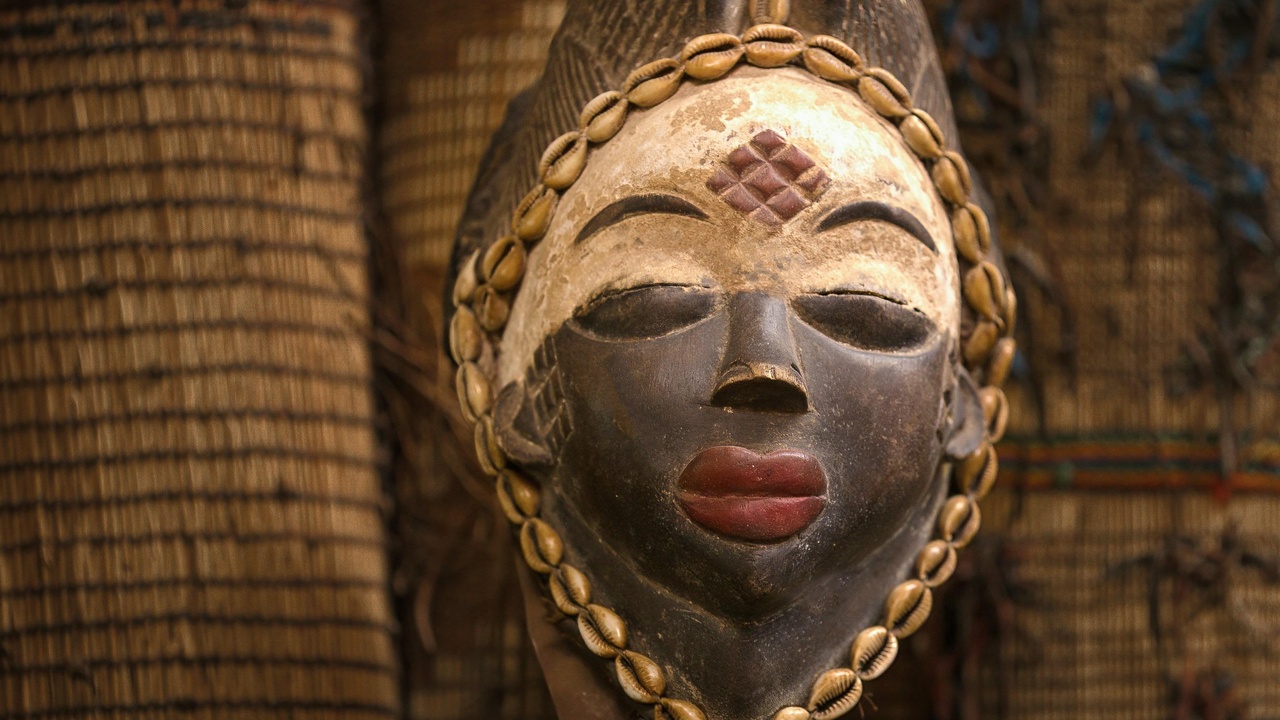
Artistic expression — from mask carving to drumming and storytelling — stores cultural memory and contributes to a sense of national identity. Spanish colonial history and the later adoption of multiple official languages (Spanish, French, Portuguese) have shaped contemporary arts, but local motifs and performance contexts remain central. Local museums, markets, and festivals showcase traditions in equatorial guinea alongside contemporary work, helping artisans reach buyers at home and abroad.
8. Mask carving, sculpture, and visual arts
Mask carving and wood sculpture express lineage ties, spiritual themes, and social values. Carvers typically use locally available woods and traditional motifs — ancestral faces, stylized forms, and symbolic patterns — that communicate identity at a glance.
Artisans sell in markets and to visiting buyers in cities like Malabo and Bata; a single carver’s income from market sales can be an important household supplement. The production chain usually runs from forest-sourced wood through neighborhood workshops to market stalls or small galleries.
These visual arts both preserve cosmologies and adapt to tourist tastes, so makers balance traditional symbolism with pieces meant for sale. Where cultural programs exist, they sometimes help artists access broader markets without losing meaning.
9. Music, oral storytelling, and instruments
Music and storytelling carry genealogies, moral lessons, and local histories. Performances occur in funerals, initiation rites, and festivals, and common instruments include drums, rattles, and handheld lamellophone-style idiophones used across the region.
Storytellers and community singers act as living archives, recounting lineage details and events that written records may omit. Contemporary musicians mix these traditions with popular forms, and radio and social media now help some artists reach national audiences.
Drum-centered ceremonies remain particularly important at moments of collective mourning or celebration, where rhythm organizes movement and memory, and where singers cue communal responses that reinforce belonging.
10. Modern festivals, national holidays, and cultural preservation
National holidays such as Independence Day (October 12, 1968) mix official ceremony with traditional performances, parades, and community showcases. Government and community festivals create space for artisans, mask troupes, and musicians to earn income and for younger people to see older practices in public.
Preservation efforts often involve local leaders and outside organizations; when documentation or support is needed, reputable bodies like UNESCO’s intangible heritage programs are natural partners for cultural mapping and skills training. Festivals that pair stage time with sales space make culture economically visible.
For visitors and policymakers alike, the takeaway is practical: festivals are not only symbolic but also economic platforms that help sustain craftspeople and performers while giving communities control over how traditions continue.
Summary
- Pre-colonial ceremonial systems remain active: initiation, masks, and ancestor rituals still structure social life and local governance.
- Religious syncretism shapes public ritual: Catholic feast days on islands like Annobón and Bioko often blend liturgy with maritime processions and local music.
- Kin networks and communal practices — from bridewealth ceremonies to fishing rites — organize labor, land access, and mutual aid across the country.
- Arts and festivals provide livelihoods: mask makers, musicians, and storytellers rely on markets and public celebrations to transmit skills and earn income.
- Respectful engagement matters: learning about Independence Day (Oct 12, 1968), the Fang, Bubi, and Ndowe traditions, and supporting local preservation helps sustain cultural continuity and responsible tourism.

